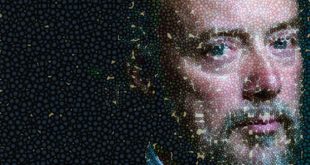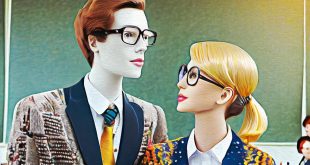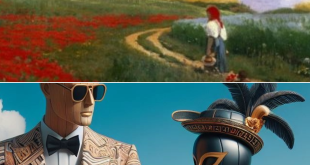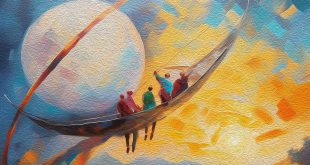“Every child is an artist; the problem is to remain one as they grow.” Pablo Picasso
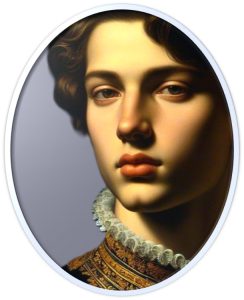
“Digitally,” refers to the use or transmission of information through electronic or computer media. In this regard, it should be noted that digital art, also known as “Computer Art” or “New Media Art,” is an artistic field that uses digital technology as part of the creative process or exhibition presentation. In addition to sound art and electronic music, “Computer Art” encompasses the fields of digital painting and virtual reality, sculpture and visual poetry, graphics, design and 3D printing. The use of digital tools and software allows artists to create works that push the boundaries of traditional art forms. In addition, digital technology offers more sustainable solutions, reducing waste and environmental impact through the display of digital art in virtual galleries.
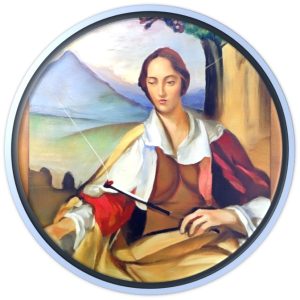
The images accompanying this post are works by digital artist Dastilige Nevante. Some famous artists, each with their own unique style and message, have contributed significantly to the world of digital art. “Zim & Zou“, namely, Lucie Thomas and Thibault Zimmerman, are two French artists known for their hand-made installations made of tangible materials such as paper, wood and wire. Their works range from origami to digital, proving that art has no boundaries. Irishman Paul, an outstanding 3D designer known as “The Rusted Pixel“, has projects in his portfolio made for Adobe, Google, Disney, Spotify, MTV and other prestigious companies.
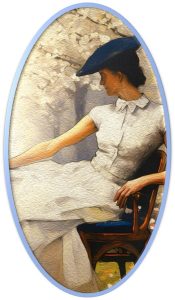
Artists explore the intersection of cultures, creating works that reflect diversity and inclusion. Digital art is embracing more sustainable practices, reducing environmental impact, and promoting awareness. Trends in digital art? Obviously, they reflect the dynamic evolution of digital art, driven by technology and social change. Artificial intelligence (AI), is revolutionizing digital art. In 2024, AI-generated art is a consolidated trend worldwide. Artists and AI collaborate to create unique and engaging works, challenging traditional notions of authorship and originality.
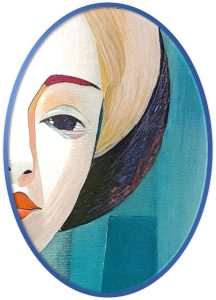
“Virtual and augmented reality” (VR and AR), are transforming the way we experience art. Artists use VR to create immersive environments, while AR overlays digital elements on the physical world, enriching the real experience with digital creativity. These technologies, born for entertainment, are becoming an integral part of the art world. “Non-fungible tokens” (NFTs) have become essential in the digital art market, allowing artists to create unique digital works and sell them directly to collectors without intermediaries. By pushing the boundaries of interaction and creativity, artists are experimenting with works that actively engage the viewer. Dastilige Nevante‘s digital art, for example, is bridging tradition and innovation, exploring styles and influences from the past.
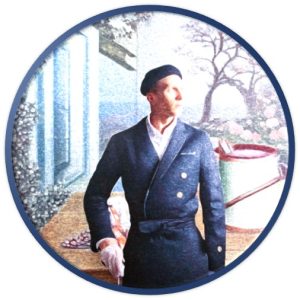
Creating an NFT (Non-Fungible Token) is easier than you might think. Considering that it could be digital art, music, video, game items or anything else, decide what you want to turn into an NFT. Find a platform that allows you to create NFTs; among the most popular, “OpenSea“, “Rarible” and “Foundation“. Open a cryptocurrency wallet, “Crypto Wallet” (such as Metamask or Rainbow); to cover the creation costs add a minimum amount of cryptocurrency (usually Ethereum). Create an account on the chosen platform, connecting your crypto wallet to it. Follow the instructions to create your NFT: upload your content (for example, an image or a video), following the instructions to create the NFT. Once created, publish your NFT on the platform and choose whether to sell it at a fixed price or through an auction.
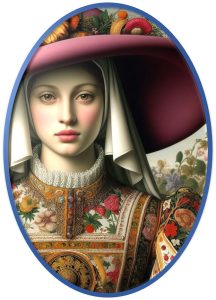
Promoting your NFTs requires a thoughtful strategy. Use platforms like Facebook, Twitter and Instagram to share your work, showcase the evolution of your art, and engage your community. To connect with collectors, artists, and enthusiasts, promote your work, and get feedback, join dedicated NFT Discord servers. Seek out influencers in the NFT space, collaborating with them to increase the visibility of your creations. Display your work in virtual exhibitions or online galleries that specialize in NFTs. In addition to your work, create related content like behind-the-scenes videos, interviews, or tutorials. Attend NFT-related conferences, webinars, and online events. Send regular newsletters to your followers with updates on your work, new launches, and promotions.
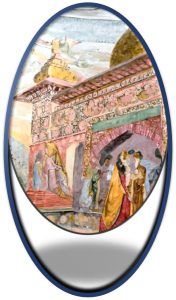
Determining the right price for a Non-Fungible Token can be complex. The value of an NFT is subjective and depends on the interest of buyers. Works by famous artists or rare collections can command higher prices. Scarcity is a key factor: if the work is unique or limited, its value increases. The importance of the artist in the digital art world affects the price. The originality, creativity and quality of the work are crucial; in fact, well-made and significant works tend to be more appreciated. Follow trends and participate in discussions in NFT communities, as this will help you understand current prices and buyer expectations. Finally, consider the costs of creating the work and the transaction costs (gas fees) on the blockchain.
 Meeting Benches World art in all forms
Meeting Benches World art in all forms

